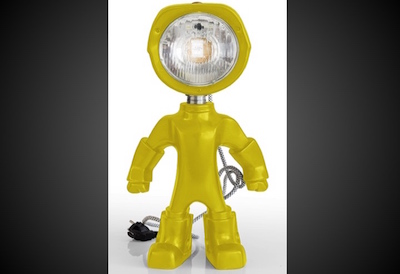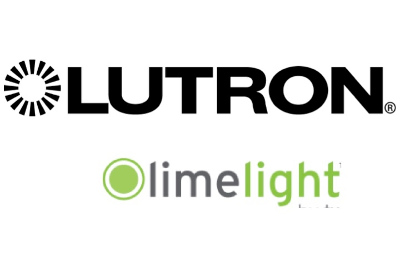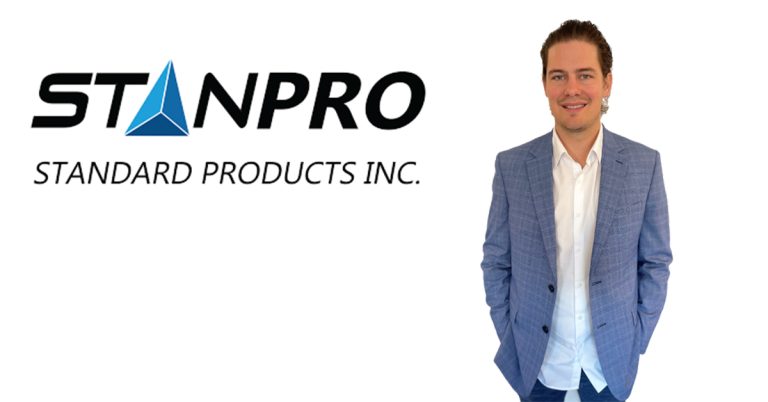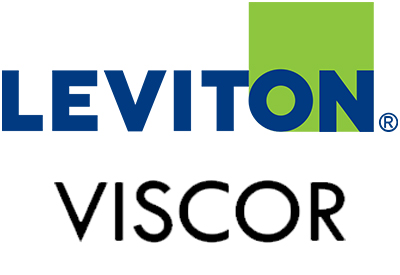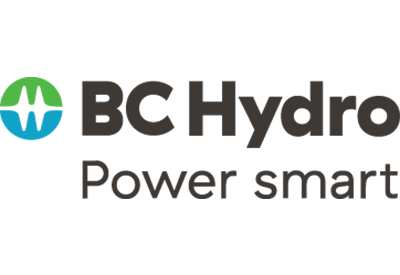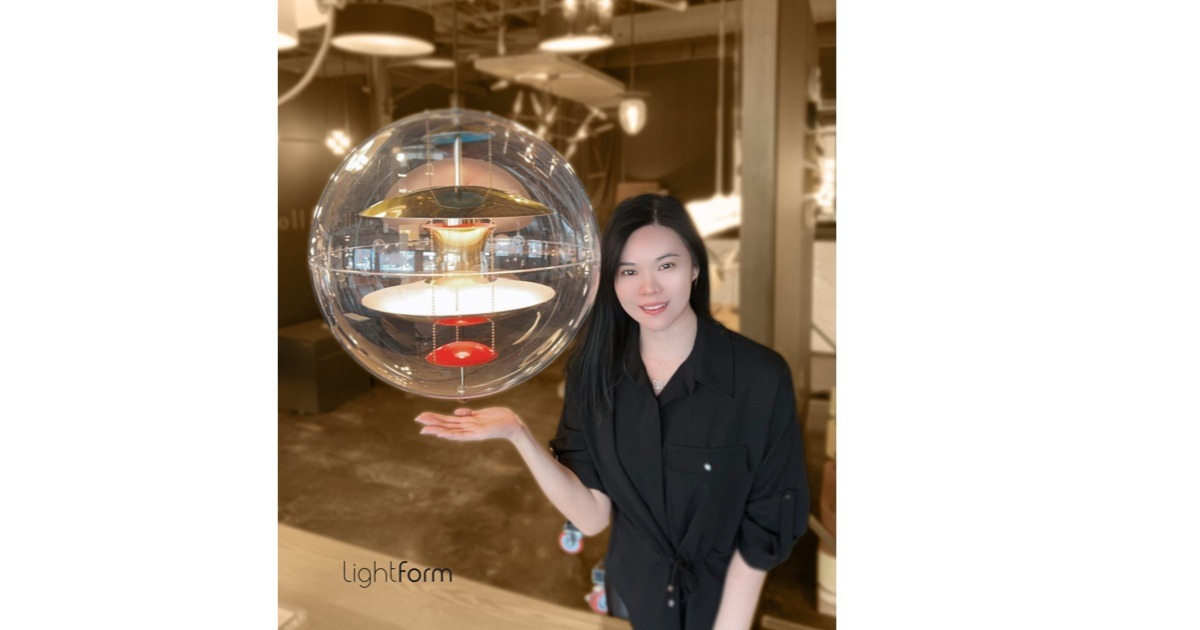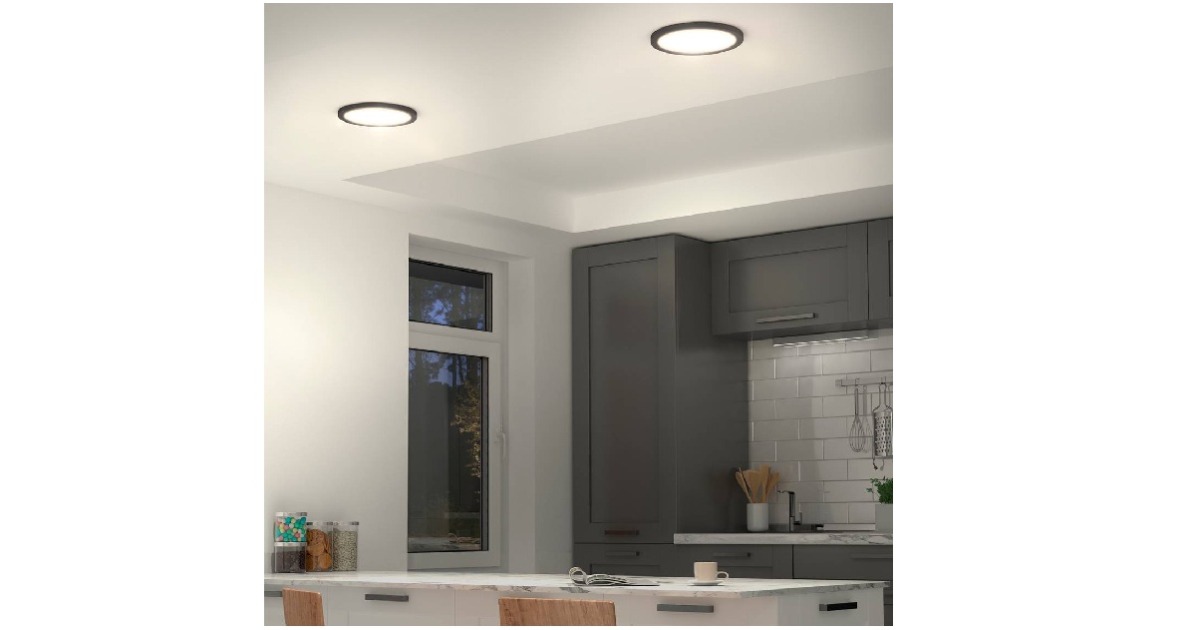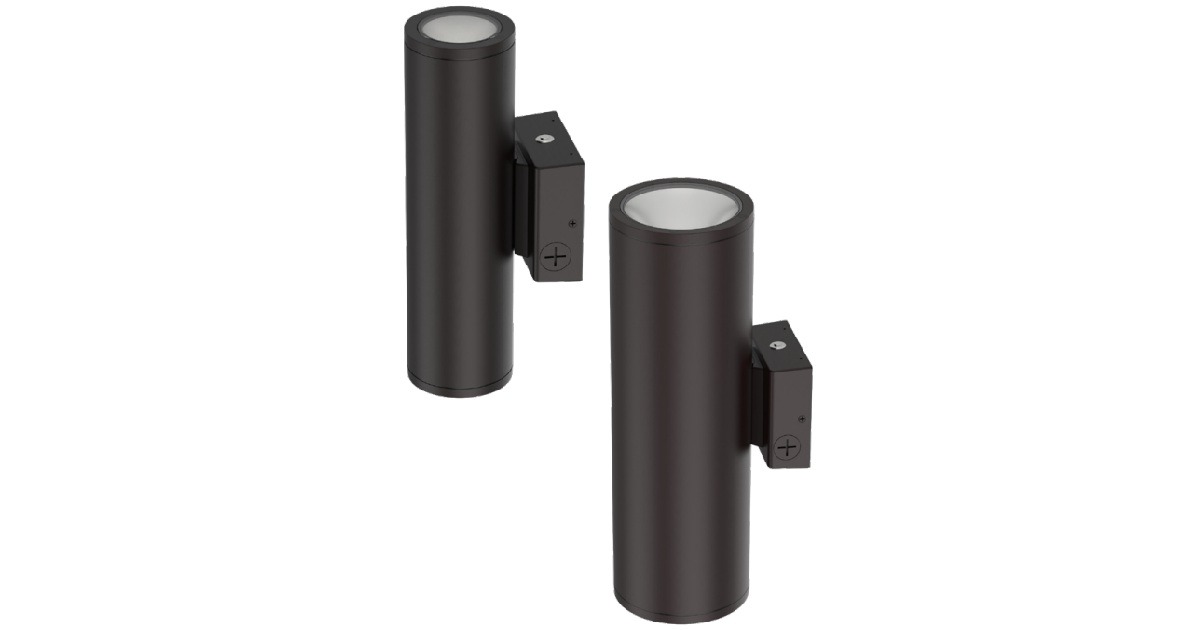Energy Free Superfast Computing Invented by Scientists Using Light Pulses
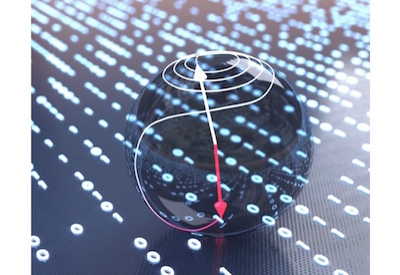
May 16, 2019
Superfast data processing using light pulses instead of electricity has been created by scientists. The invention uses magnets to record computer data that consume virtually zero energy, solving the dilemma of how to create faster data processing speeds without the accompanying high energy costs.
Today’s data centre servers consume between 2 to 5% of global electricity consumption, producing heat which in turn requires more power to cool the servers.
The problem is so acute that Microsoft has even submerged hundreds of its data centre services in the ocean in an effort to keep them cool and cut costs.
Most data are encoded as binary information (0 or 1 respectively) through the orientation of tiny magnets, called spins, in magnetic hard-drives. The magnetic read/write head is used to set or retrieve information using electrical currents which dissipate huge amounts of energy.
Now an international team publishing in Nature www.nature.com/articles/s41586-019-1174-7 has solved the problem by replacing electricity with extremely short pulses of light — the duration of one trillionth of a second — concentrated by special antennas on top of a magnet.
This new method is superfast but so energy efficient that the temperature of the magnet does not increase at all.
The team includes Dr. Rostislav Mikhaylovskiy, formerly at Radboud University and now Lancaster University, Stefan Schlauderer, Dr. Christoph Lange, and Professor Rupert Huber from Regensburg University, Professor Alexey Kimel from Radboud University, and Professor Anatoly Zvezdin from the Russian Academy of Sciences.
They demonstrated this new method by pulsing a magnet with ultrashort light bursts (the duration of a millionth of a millionth of a second) at frequencies in the far infrared, the so called terahertz spectral range.
However, even the strongest existing sources of the terahertz light did not provide strong enough pulses to switch the orientation of a magnet to date.
The breakthrough was achieved by utilizing the efficient interaction mechanism of coupling between spins and terahertz electric field, which was discovered by the same team.
The scientists then developed and fabricated a very small antenna on top of the magnet to concentrate and thereby enhance the electric field of light. This strongest local electric field was sufficient to navigate the magnetization of the magnet to its new orientation in just one trillionth of a second.
The temperature of the magnet did not increase at all as this process requires energy of only one quantum of the terahertz light — a photon — per spin.
“The record-low energy loss makes this approach scalable,” says Dr. Mikhaylovskiy. “Future storage devices would also exploit the excellent spatial definition of antenna structures enabling practical magnetic memories with simultaneously maximal energy efficiency and speed.”
He plans to carry out further research using the new ultrafast laser at Lancaster University together with accelerators at the Cockroft Institute which are able to generate intense pulses of light to allow switching magnets and to determine the practical and fundamental speed and energy limits of magnetic recording.
Photo source: Brad Baxley (parttowhole.com)


